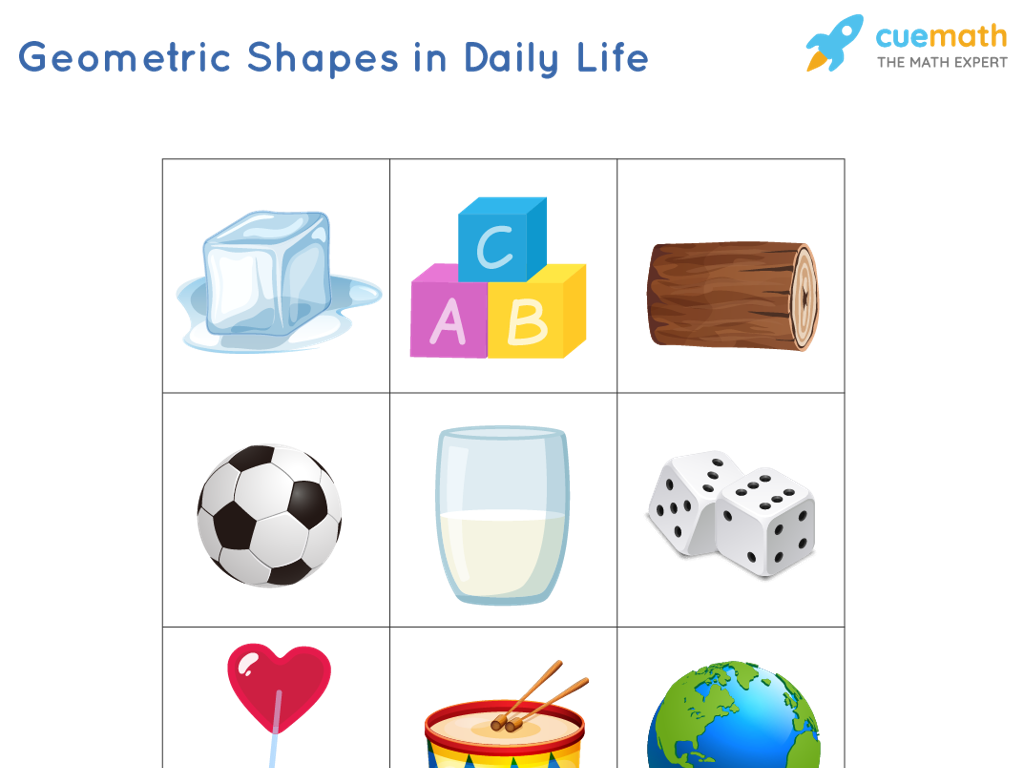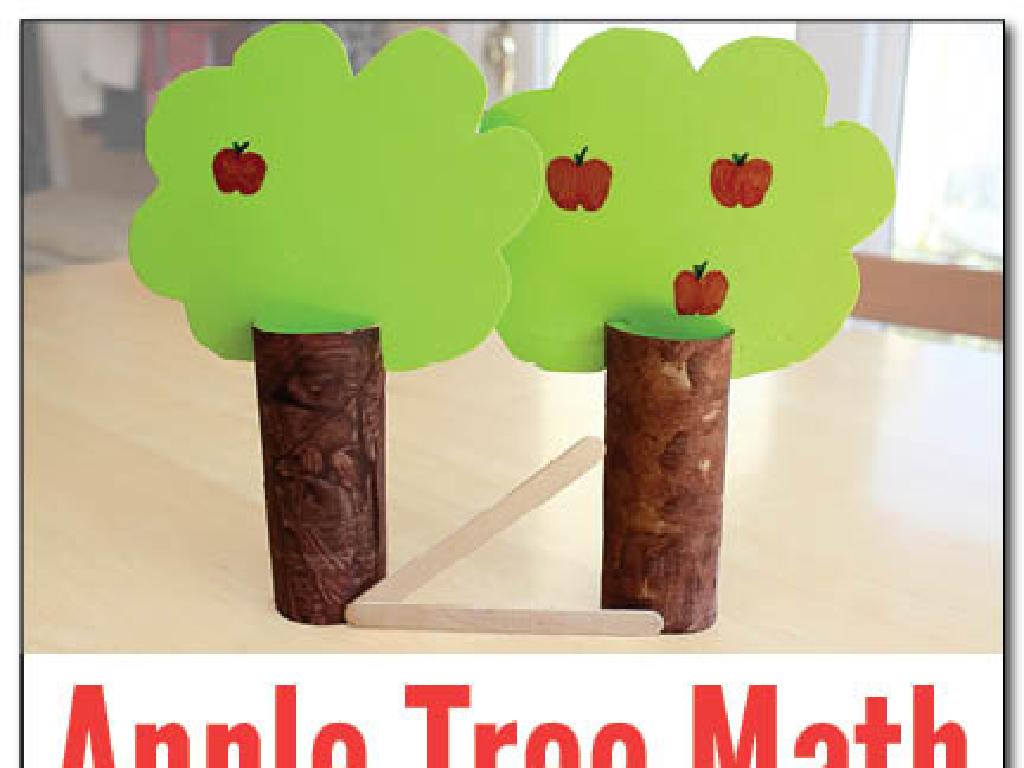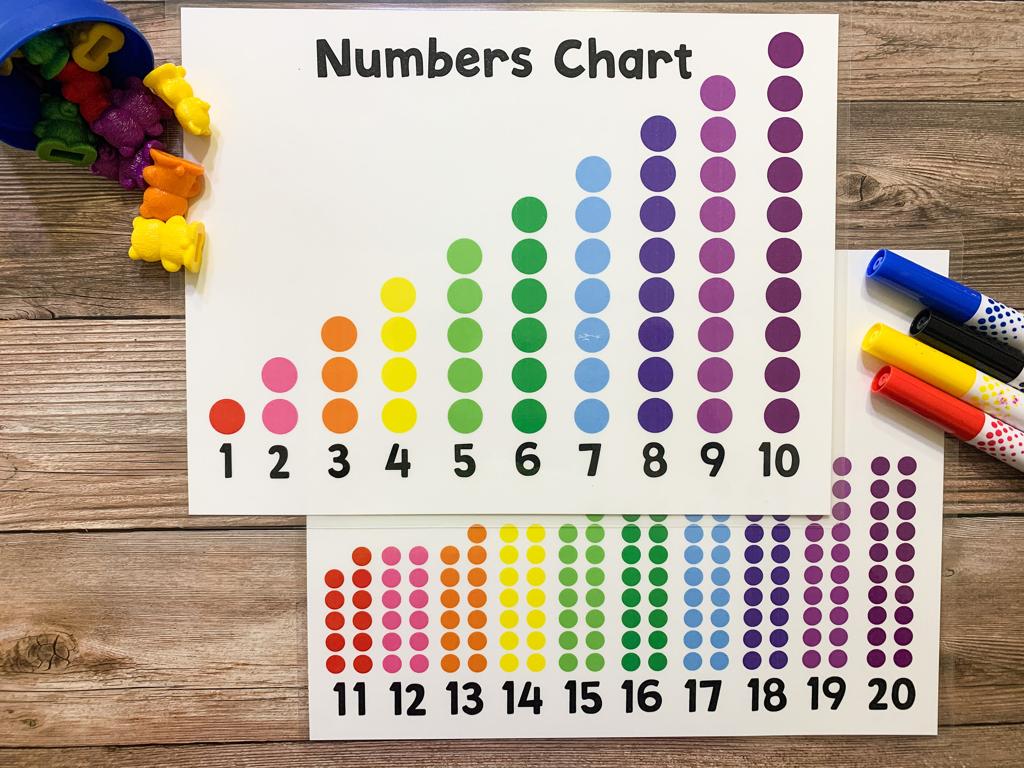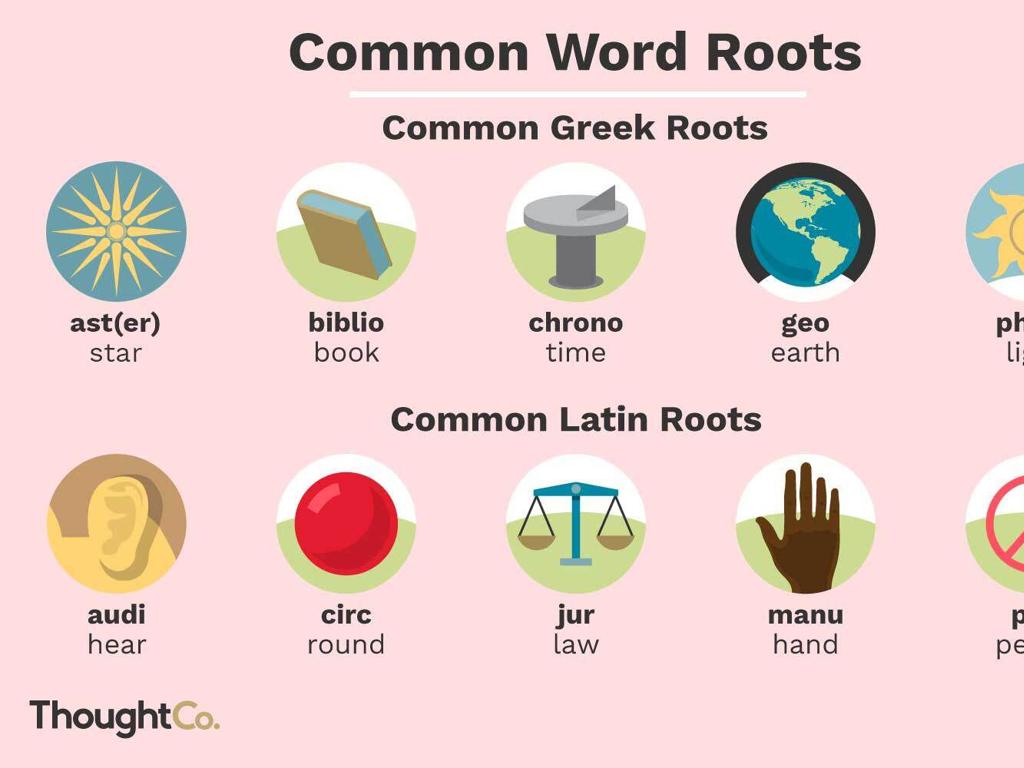Match Animals To Their Parents
Subject: Science
Grade: Kindergarten
Topic: Animals
Please LOG IN to download the presentation. Access is available to registered users only.
View More Content
Welcome to the Animal Kingdom!
– Animals have families too
– Baby animals and their parents
– A baby cat is called a kitten, and its parent is a cat
– Matching babies to parents
– We’ll play a matching game with animal pictures
– Understanding animal families
|
This slide introduces the concept of animal families to kindergarteners, emphasizing that animals, much like humans, have parents and offspring. Start by asking the children if they think animals have families, which will engage them and make them relate to the topic on a personal level. Proceed to explain that just like them, baby animals are taken care of by their parents. Introduce a few examples, such as kittens and cats, puppies and dogs, and calves and cows. Plan a matching game where children will match pictures of baby animals with their parents, which will help solidify their understanding of the concept. The activity should be interactive and visually stimulating to keep the students engaged.
Animal Families
– What is a family?
– A family is a group who cares for each other
– Animals have families
– Just like us, animals also have families
– Baby animals and parents
– Baby animals live and grow with their parents
– Observing animal families
|
This slide introduces the concept of family within the context of animals, aimed at kindergarteners. Start by explaining what a family is, emphasizing the care that family members show for one another. Highlight that animals, much like humans, form families where parents take care of their young. Show examples of animal families, such as a mother hen with her chicks, a cat with her kittens, or a cow with her calf. Encourage the children to think about how these animal families are similar to their own. Use pictures or videos of animal families to make the learning experience more engaging. The goal is to help students recognize and relate to the concept of family in the animal kingdom.
Meet the Animal Parents
– Animals have parents like us
– ‘Parents’ are mother and father animals
– Learn names of animal parents
– For example, a mother cat is called a ‘queen’ and a father cat is a ‘tom’
– Match baby animals to their parents
– We’ll see pictures of baby animals and guess who their parents are
|
This slide introduces the concept of animal parents to kindergarteners. Emphasize that all living things, including animals, have parents. Explain the terms ‘mother’ and ‘father’ as they relate to animals, and use the terms ‘parents’ to make it relatable to the children. Provide examples of animal parent names, such as ‘queen’ for a mother cat and ‘tom’ for a father cat. Engage the students with an interactive matching activity where they will see pictures of baby animals and guess their parents, reinforcing their understanding of the family structure in animals. This activity will help develop their cognitive skills and understanding of the natural world.
Baby Animals and Their Parents
– Baby animals are small and need care
– Baby animals have special names
– For example, a baby bear is called a ‘cub’
– What’s a baby cat called?
– Is it a kitten, a puppy, or a calf?
– Matching game: parents and babies
– We’ll match more animal babies to their parents in a fun game!
|
This slide introduces kindergarteners to the concept that baby animals, like human children, are small and require care and protection. It also touches on the fact that baby animals often have specific names that differ from their adult counterparts, such as ‘cub’ for a baby bear. Engage the students by asking them to guess the name of a baby cat, which is a ‘kitten’. This interactive approach will help them remember the information better. To reinforce learning, plan a matching game where children can match pictures of baby animals with their parents, fostering recognition and memory. This activity will be both educational and entertaining, catering to the learning style of young children.
Animal Family Matching Game
– Let’s play a matching game!
– Match babies to parent animals
– A chick matches with a hen, a cub with a lion
– Observe pictures carefully
– Think about family resemblances
|
This slide introduces a fun and interactive game where students will match baby animals to their parents using pictures. It’s designed to help them understand the concept of family and resemblance in the animal kingdom. Teachers should prepare images of various animals and their offspring in advance. During the activity, encourage the children to observe the characteristics that the babies share with their parents. This could include color, patterns, or specific body features. The game can be played in groups or individually, and the teacher should be ready to guide the students and provide hints if necessary. Possible variations of the activity could include matching animal sounds to the correct animal, or creating a craft where students draw lines to connect babies to their parents.
Animal Family Matching
– A foal is a baby horse
– Its parents are mare (mother) or stallion (father)
– Ducklings are baby ducks
– A duckling’s parent is a duck
– Match babies to parent animals
– Can you find other animal pairs?
|
This slide is designed to help Kindergarten students understand the concept of animal families by matching baby animals to their parents. Start by explaining the terms ‘foal’ and ‘duckling’ and who their parents are. Then, encourage the children to think of other animals and their babies, guiding them to make connections between them. For example, a calf is the baby of a cow, a kitten is the baby of a cat, and a puppy is the baby of a dog. Use pictures to help them visualize and remember better. The activity will enhance their memory and understanding of animal families and the specific names for different baby animals.
Class Activity: Animal Family Art
– Choose a favorite animal
– Draw the baby and its parents
– Share your picture with the class
– Tell us about your animal family
– Describe the animals and what makes them a family
|
This activity is designed to help Kindergarten students understand the concept of animal families by engaging them in a fun and creative art project. Teachers should provide a variety of art supplies and encourage students to think about the characteristics that baby animals share with their parents. As students share their artwork, prompt them to talk about the colors, sizes, and any special features of the animals they’ve drawn. This will reinforce their understanding of heredity and animal characteristics. Possible variations of the activity could include matching games with animal family cards, creating clay models, or even a mini-drama where students act out animal family roles.






